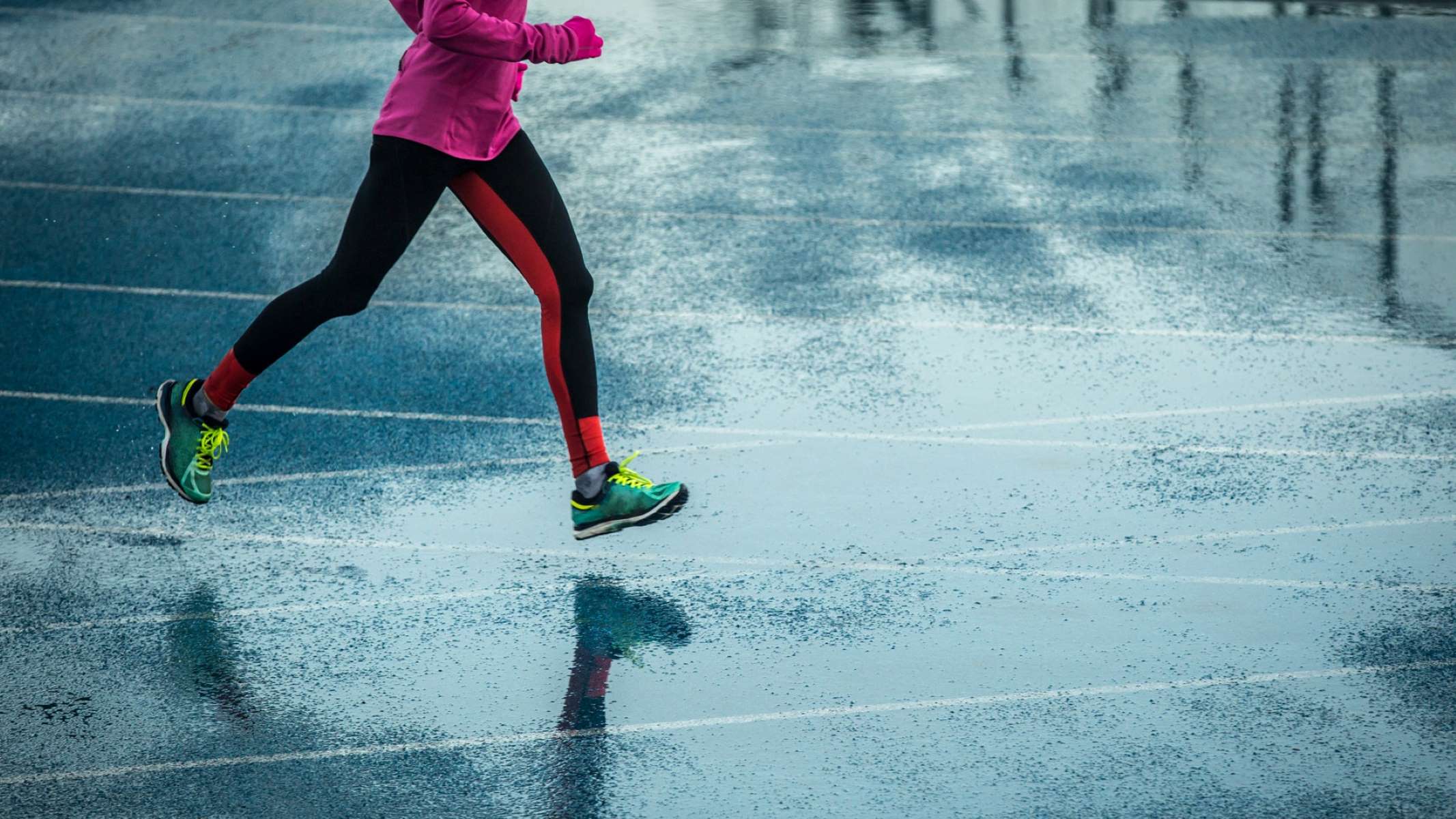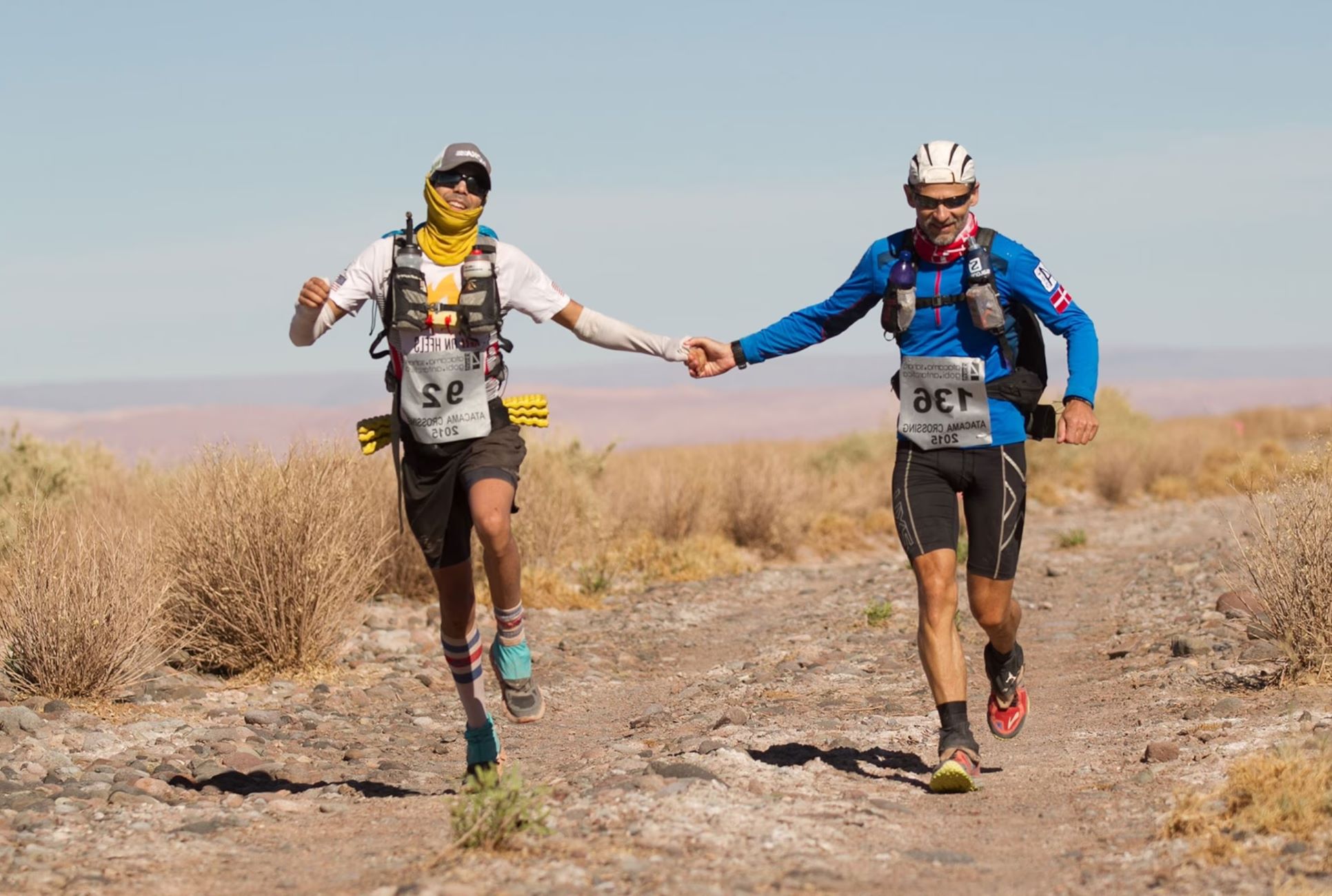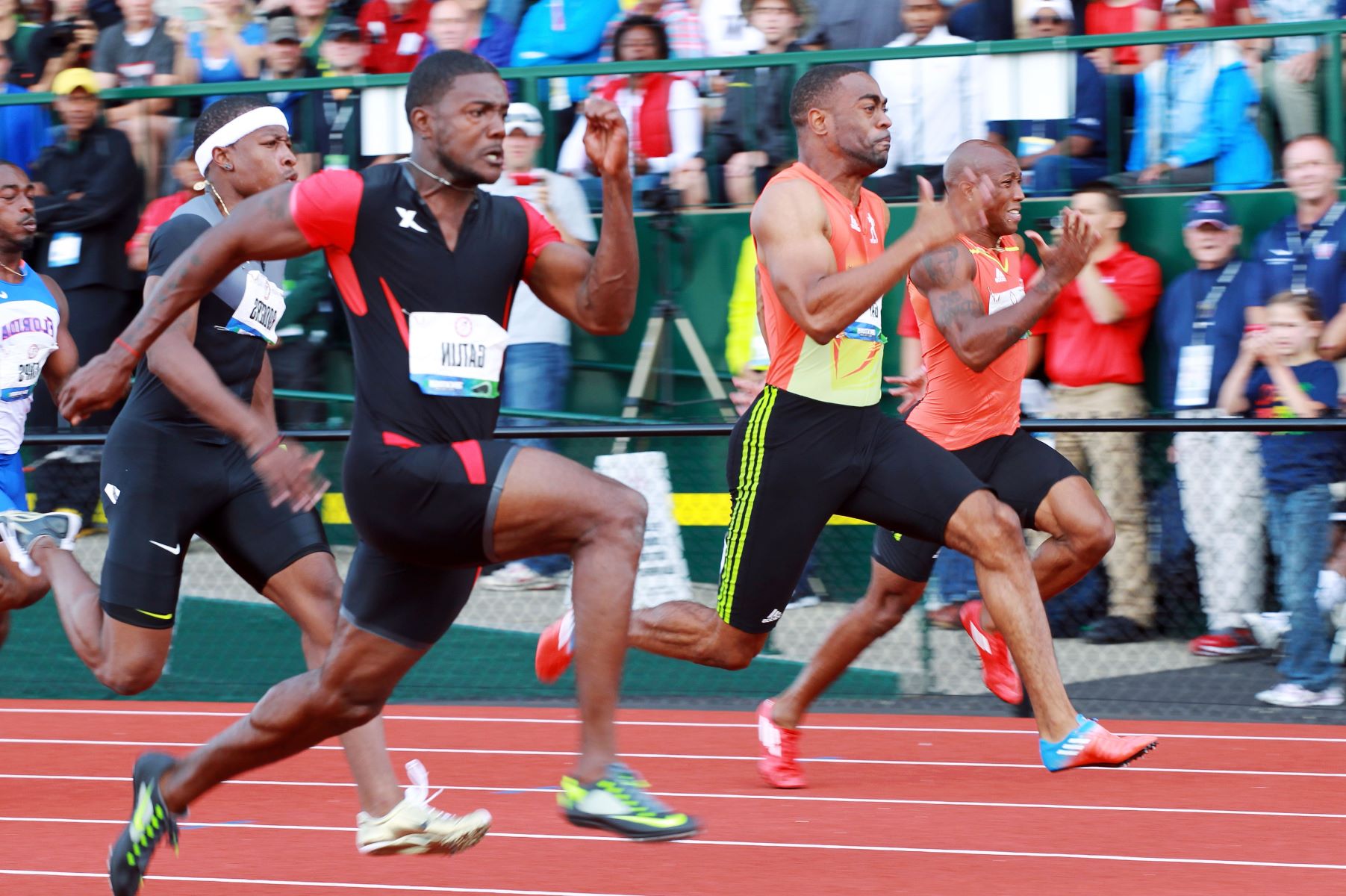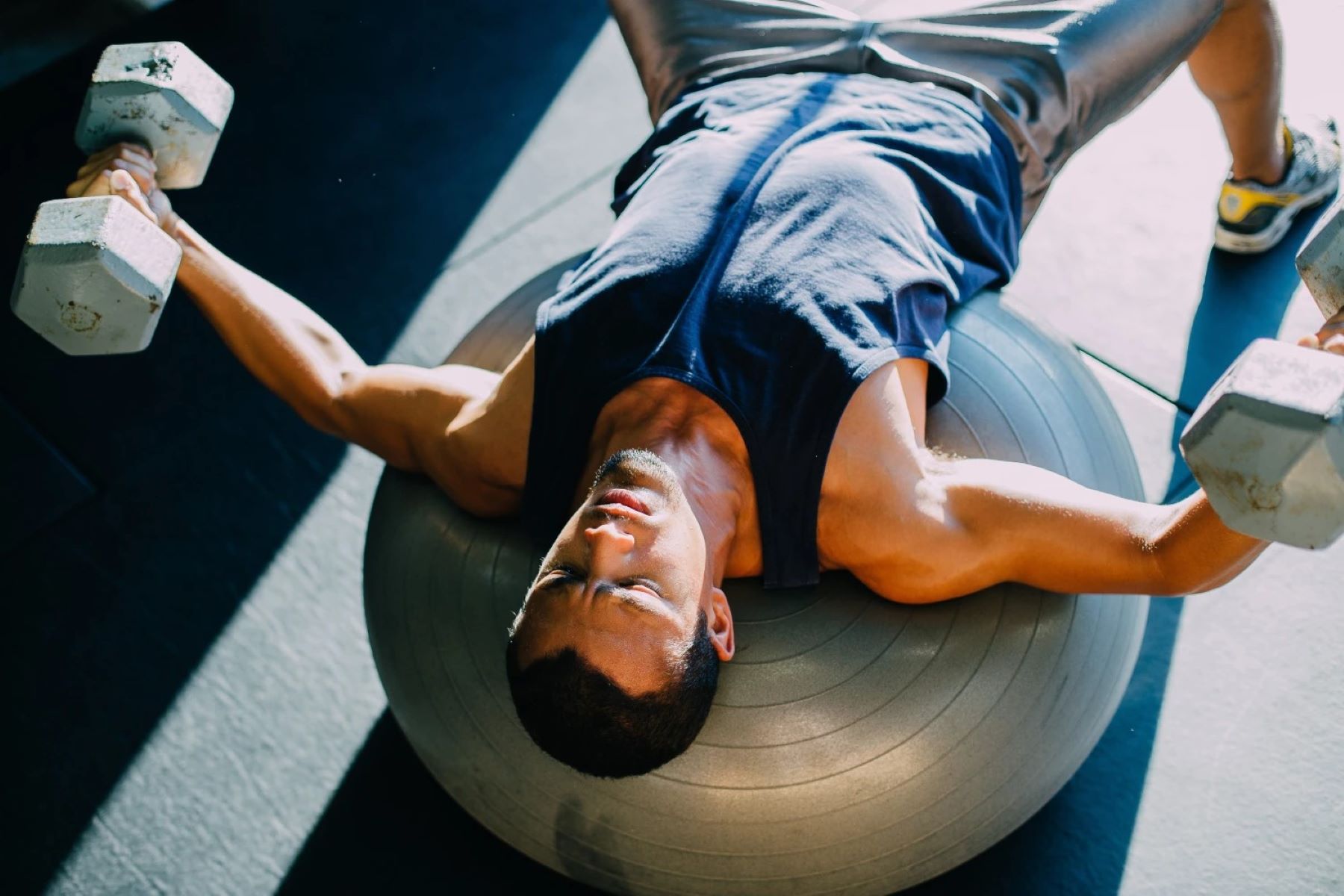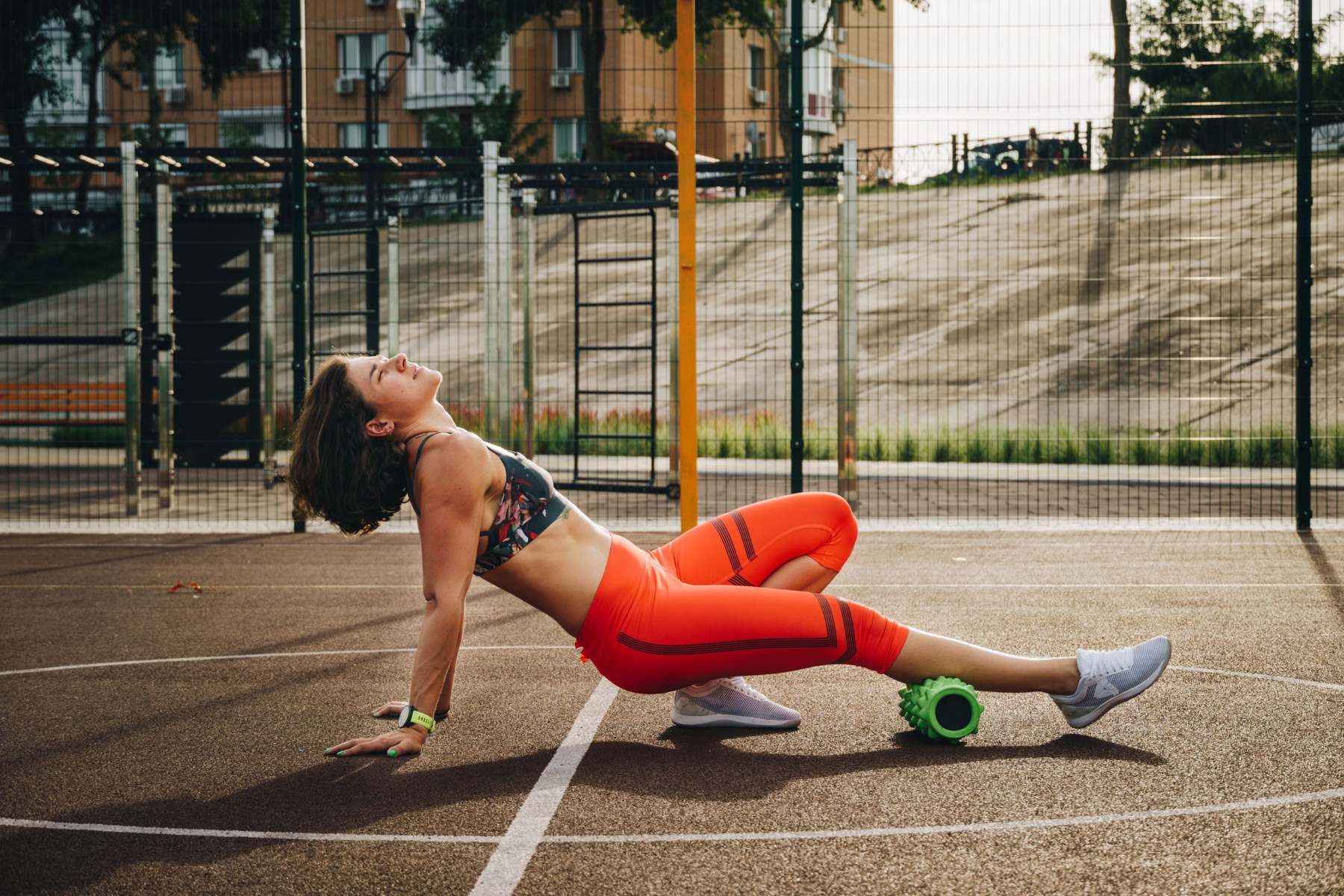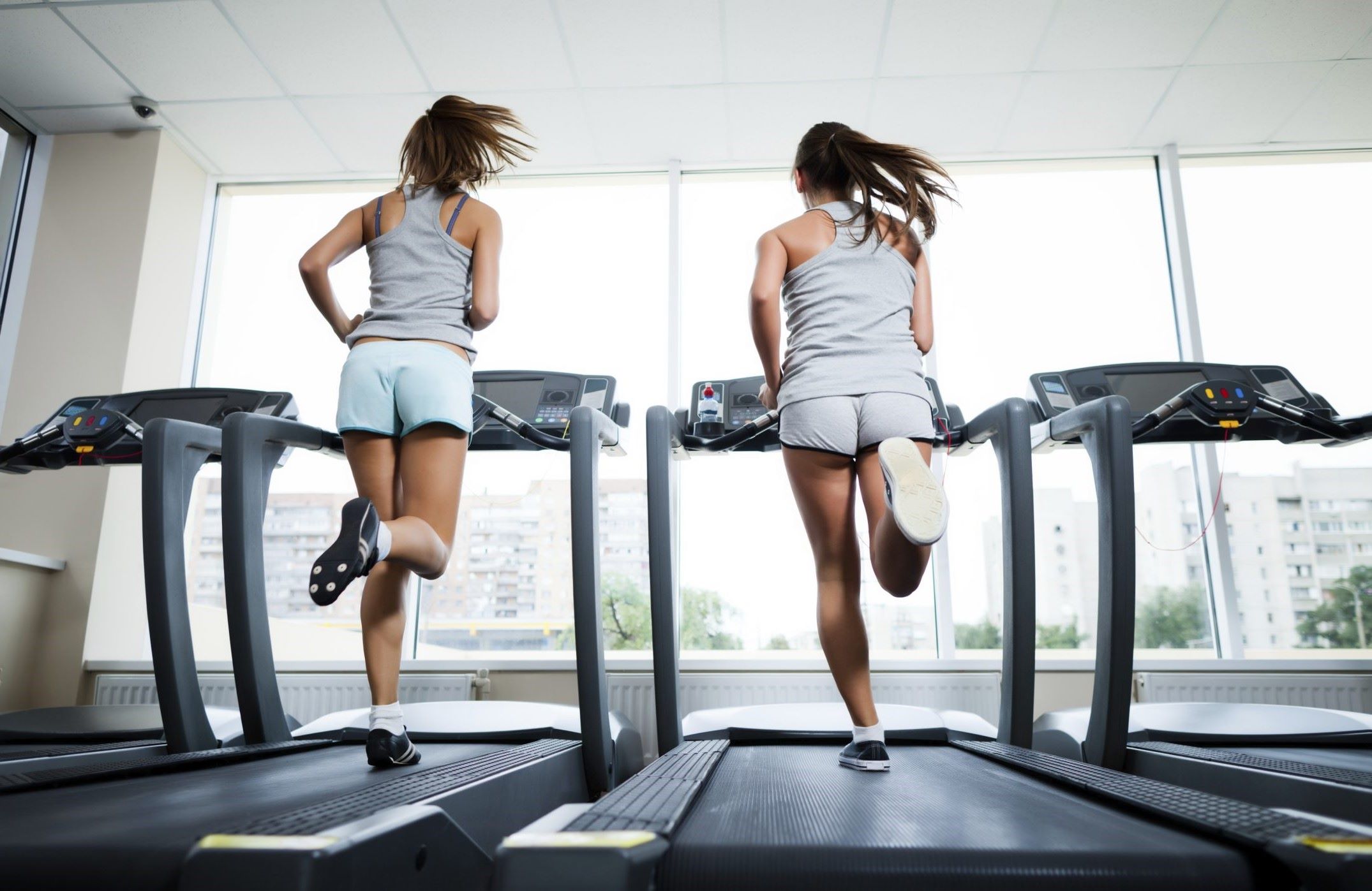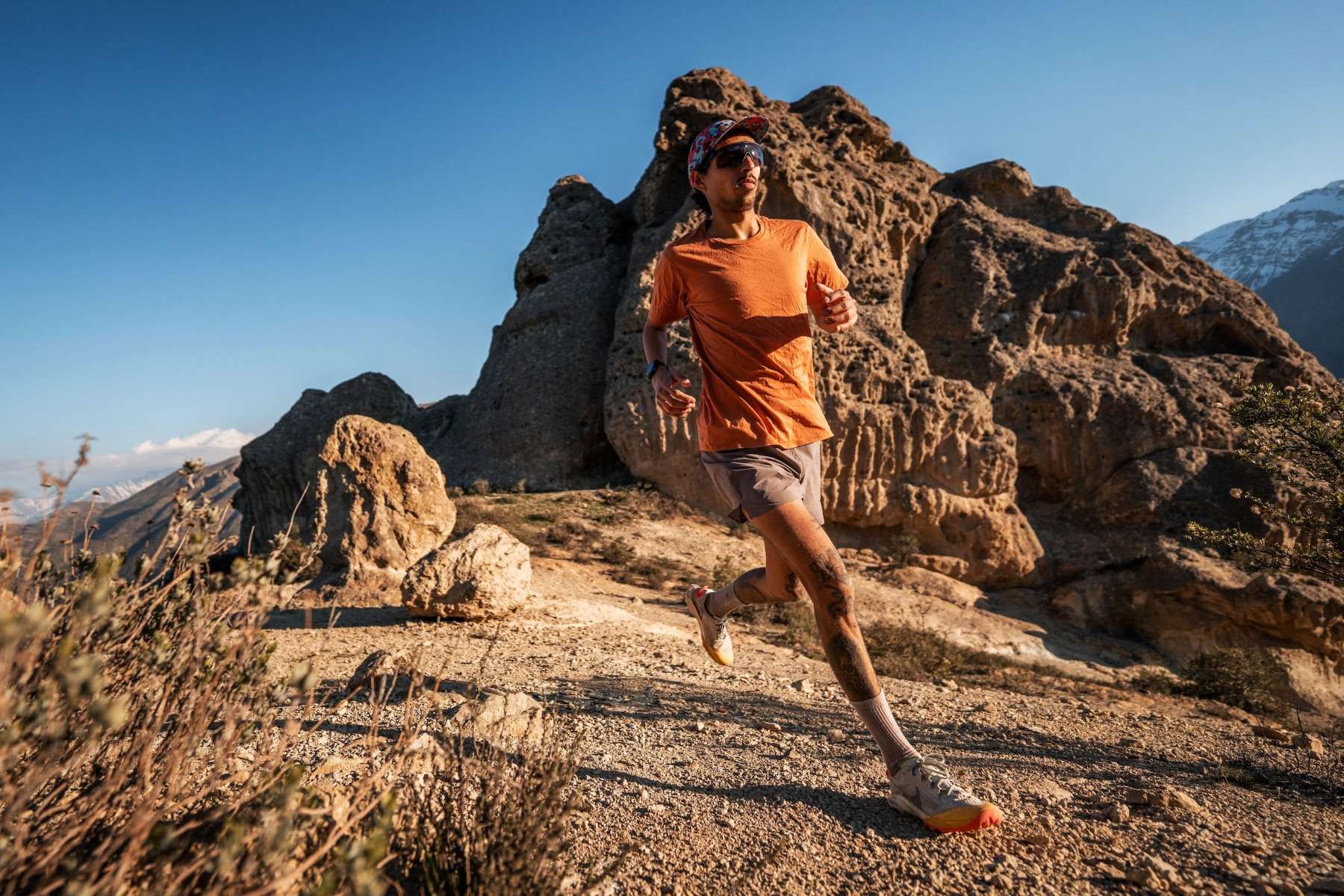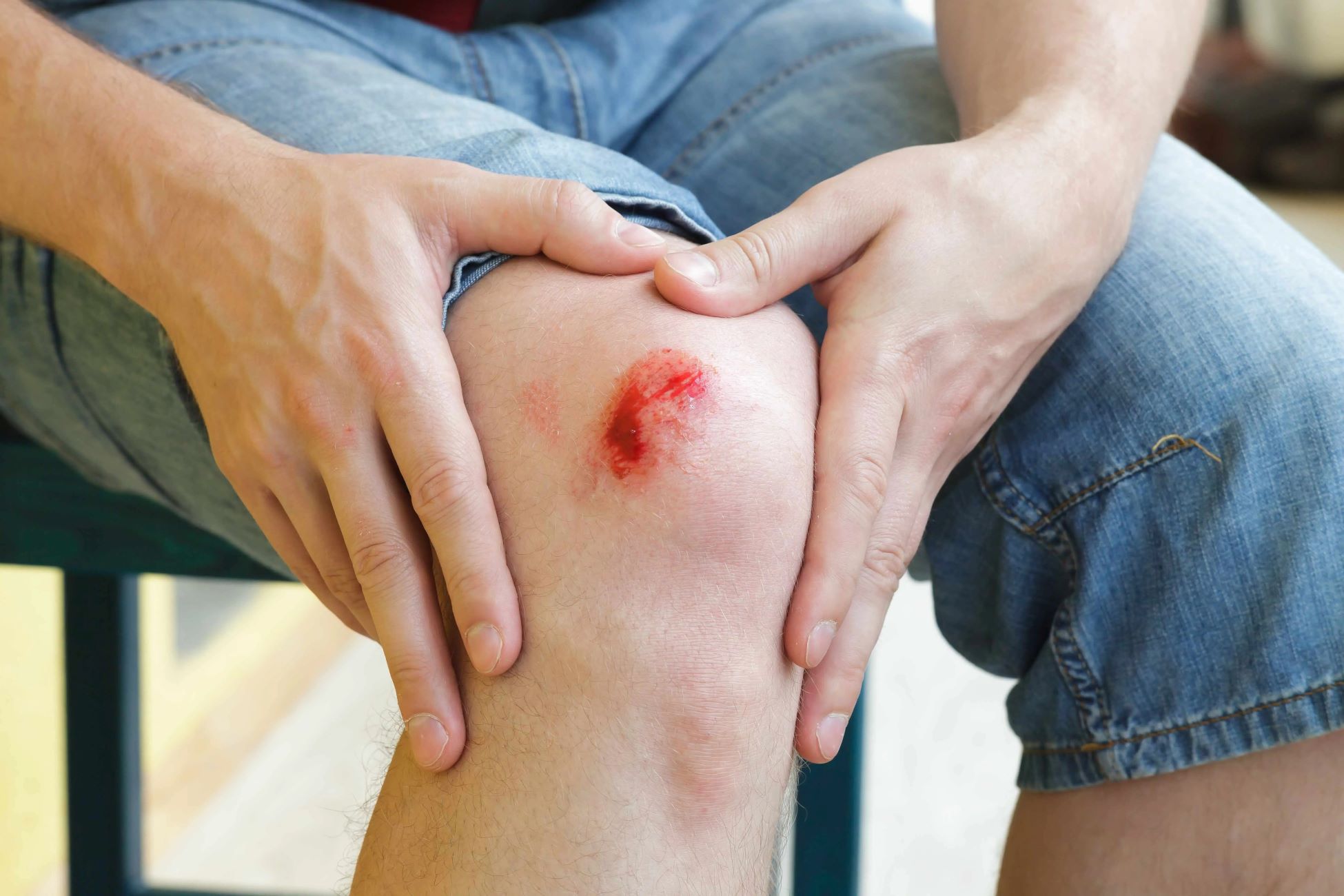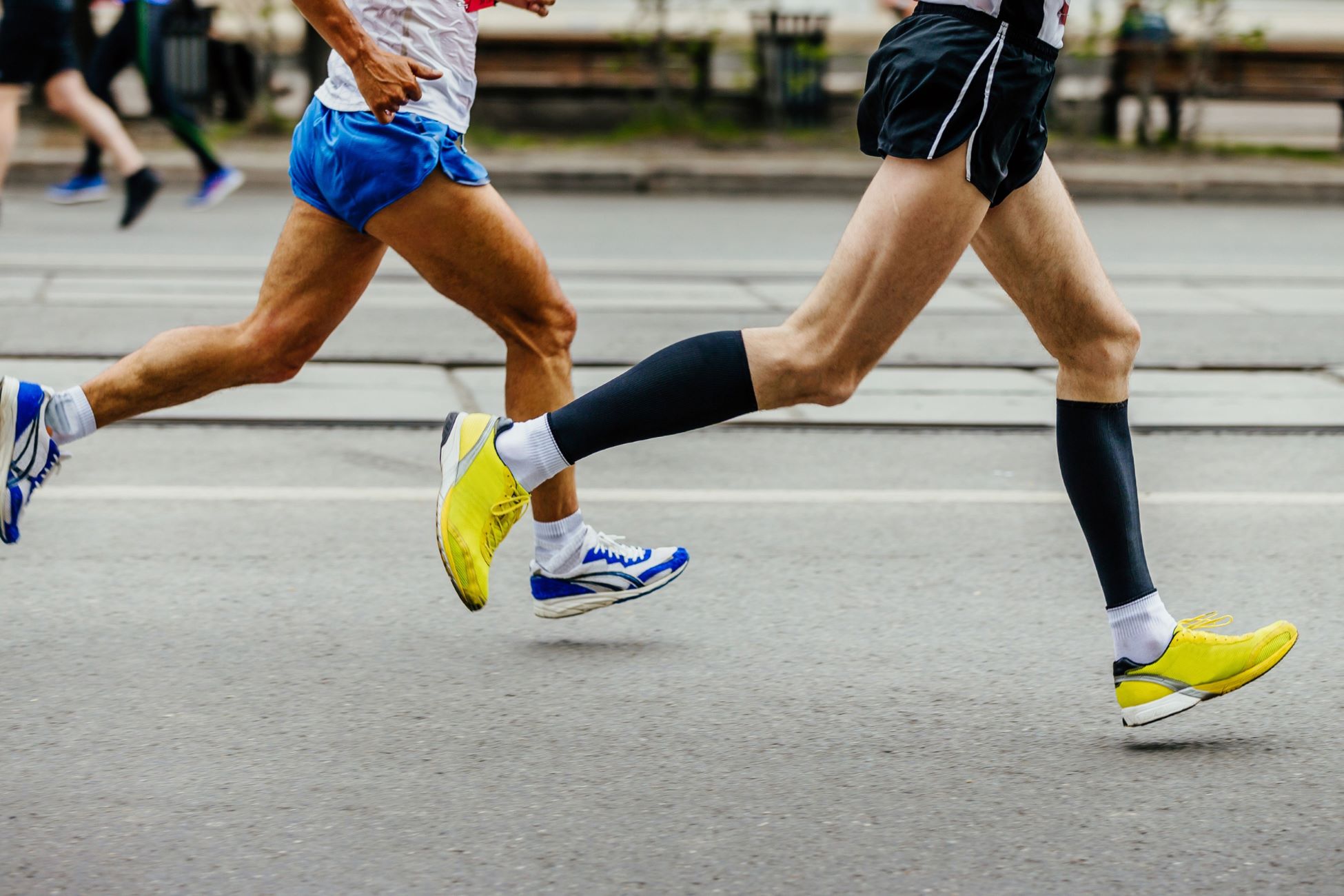Home>Gear & Reviews>9 Tips For Running In Costume
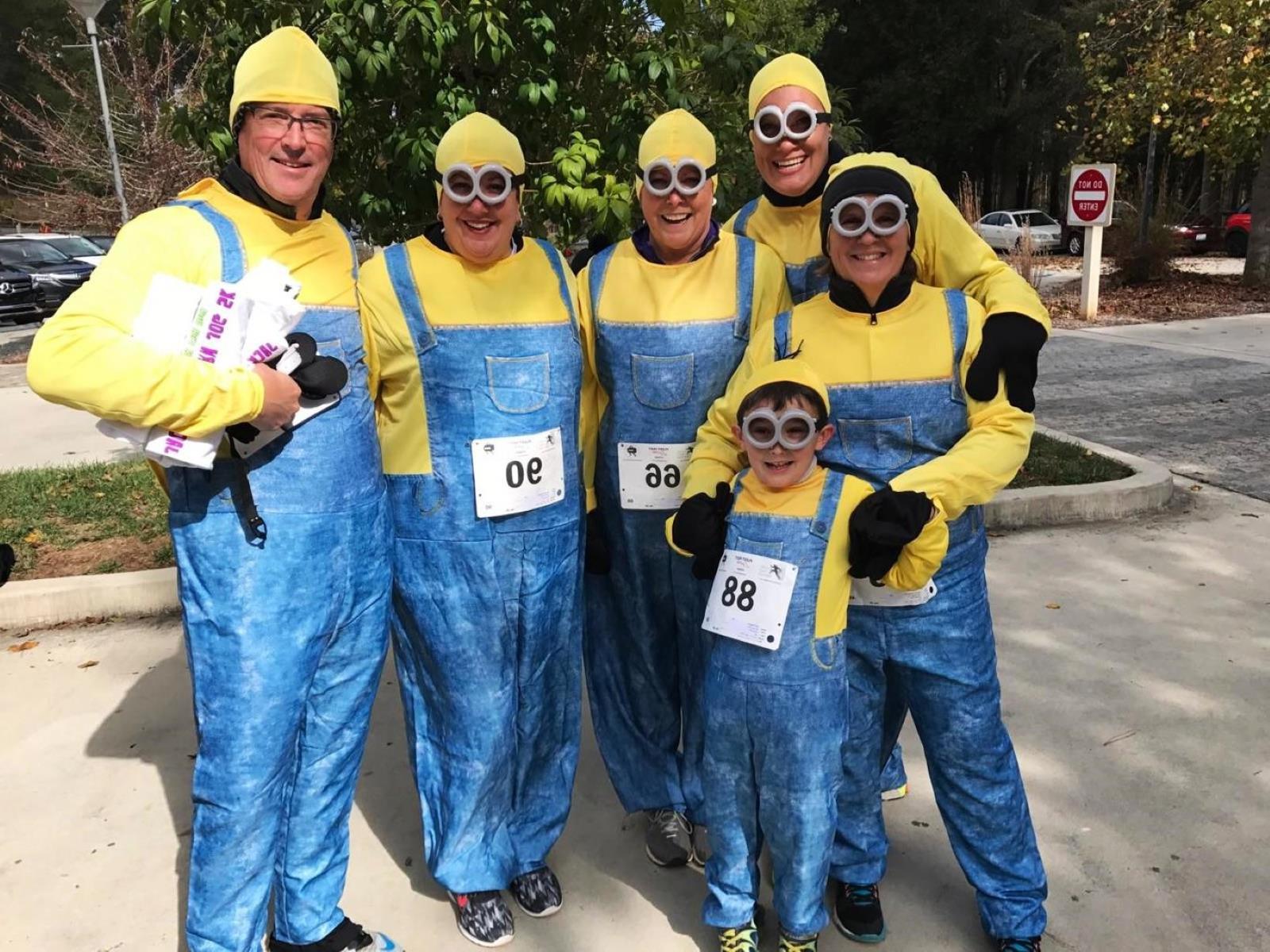

Gear & Reviews
9 Tips For Running In Costume
Published: March 6, 2024
Discover 9 essential tips for running in costume, along with expert gear and reviews to enhance your experience. Get ready to elevate your running game!
(Many of the links in this article redirect to a specific reviewed product. Your purchase of these products through affiliate links helps to generate commission for Therunningadvisor.com, at no extra cost. Learn more)
Table of Contents
Choosing the Right Costume
When it comes to running in costume, the first step is choosing the right one. Your costume should not only reflect your personality and creativity but also be practical for running. Here are some tips to help you select the perfect costume for your next race:
-
Comfort is Key: Opt for a costume made from lightweight, breathable materials to ensure comfort during your run. Avoid costumes with rough seams or itchy fabrics that could cause chafing or discomfort.
-
Mobility Matters: Choose a costume that allows for unrestricted movement. Consider costumes with stretchy fabrics or loose-fitting designs that won't hinder your stride. Test your costume with a short run to ensure it doesn't impede your movement.
-
Visibility and Safety: Select a costume that is brightly colored or has reflective elements, especially if you're running in low-light conditions. This will help ensure that you remain visible to other runners and race officials.
-
Consider the Length of the Race: If you're participating in a longer race, such as a half marathon or marathon, opt for a costume that will remain comfortable over the entire distance. Avoid costumes with excessive accessories or embellishments that could become cumbersome over time.
-
Theme and Creativity: Many races have specific themes or allow participants to showcase their creativity through costumes. Consider the race theme or brainstorm ideas that align with your interests while keeping practicality in mind.
-
Avoid Masks and Headgear: While masks and headgear can enhance your costume, they may obstruct your vision or cause overheating. If you choose to incorporate these elements, ensure they are lightweight and won't impede your breathing or visibility.
-
Test Run: Before the race, take your costume for a test run to ensure it meets all the criteria for comfort, mobility, and safety. This will also give you the opportunity to make any necessary adjustments before race day.
By carefully considering these factors, you can select a costume that not only showcases your creativity but also allows you to perform at your best during the race.
Read more: Discover The Top 9 Running Tracks In The UK
Ensuring Comfort and Mobility
When it comes to running in costume, ensuring comfort and mobility is crucial for a successful and enjoyable race experience. Here are some essential tips to help you prioritize comfort and mobility when selecting and wearing your running costume:
-
Choose Breathable Materials: Opt for costumes made from lightweight, breathable materials such as moisture-wicking fabric. These materials help to keep you cool and comfortable, especially during longer races or in warmer weather conditions.
-
Avoid Restrictive Designs: Select costumes with designs that allow for unrestricted movement. Avoid tight-fitting or constricting costumes that could hinder your range of motion while running. Look for costumes with stretchy fabrics or loose-fitting designs that won't impede your stride.
-
Minimize Chafing: Chafing can quickly turn a fun race into an uncomfortable experience. To prevent chafing, choose costumes with smooth seams and consider applying anti-chafing products to areas prone to friction, such as inner thighs and underarms.
-
Consider Moisture Management: Costumes that retain moisture can lead to discomfort and chafing. Look for costumes that effectively manage moisture to keep you dry and comfortable throughout the race. Moisture-wicking fabrics are ideal for this purpose.
-
Ensure Proper Fit: Ill-fitting costumes can cause discomfort and may lead to chafing or irritation. Ensure that your costume fits well and doesn't rub or shift during your run. Avoid costumes that are too tight or too loose, as they can both pose challenges to your comfort and mobility.
-
Test Your Costume: Before race day, take your costume for a test run to assess its comfort and mobility. This will allow you to identify any potential issues and make necessary adjustments to ensure that your costume doesn't impede your running performance.
By prioritizing comfort and mobility when choosing and wearing your running costume, you can ensure that your race day experience is as enjoyable and successful as possible.
Safety Precautions
When running in costume, it's essential to prioritize safety to ensure a smooth and secure race experience. Here are some crucial safety precautions to consider before hitting the race course:
-
Visibility and Reflectivity: Opt for costumes with bright colors or reflective elements to enhance your visibility, especially if you're running in low-light conditions. This will help other runners, race officials, and spectators to easily spot you during the race.
-
Avoid Tripping Hazards: Choose costumes that are free of long trailing fabrics, loose belts, or dangling accessories that could pose tripping hazards. Ensuring that your costume doesn't have any elements that could get caught on obstacles or other runners will help prevent accidents.
-
Consider Weather Conditions: If the race is taking place in hot or humid conditions, ensure that your costume allows for adequate ventilation and doesn't lead to overheating. Similarly, if the weather is cold or rainy, choose a costume that provides sufficient warmth and protection from the elements.
-
Hydration and Access to Water: If your costume includes a mask or headgear, ensure that it doesn't obstruct your access to water stations along the race course. Staying hydrated is crucial, so make sure your costume doesn't hinder your ability to drink water during the race.
-
Awareness of Surroundings: Costumes that limit your peripheral vision or hearing can pose safety risks. Be mindful of how your costume may affect your awareness of your surroundings and take necessary precautions to compensate for any limitations.
-
Secure Props and Accessories: If your costume includes props or accessories, ensure that they are securely attached to prevent them from becoming loose and causing hazards to yourself or other runners. Avoid sharp or pointed props that could potentially cause injury.
By considering these safety precautions, you can minimize potential risks and enjoy a safe and enjoyable race while running in costume.
Securing Props and Accessories
When incorporating props and accessories into your running costume, it's crucial to ensure that they are securely attached to prevent any mishaps during the race. Here are some essential tips for securing props and accessories to your costume:
-
Sturdy Attachments: Use sturdy and reliable attachments to secure any props or accessories to your costume. Avoid flimsy or easily detachable fastenings that could result in items falling off during the race.
-
Avoid Sharp or Pointed Objects: If your costume includes props or accessories with sharp or pointed edges, take extra care to ensure that they are safely secured. Blunt any sharp edges or cover them with protective materials to prevent accidental injuries to yourself or others.
-
Dangling Accessories: If your costume features dangling accessories such as tassels, ribbons, or other decorative elements, ensure that they are firmly attached and won't pose a tripping hazard or become entangled with other runners.
-
Consider Weight and Balance: When attaching props or accessories to your costume, consider the weight and balance of these items. Ensure that they are evenly distributed and won't cause discomfort or imbalance while running.
-
Test for Security: Before the race, thoroughly test the security of any attached props or accessories by simulating running movements. This will help you identify any potential issues with attachments coming loose and allow you to make necessary adjustments.
-
Avoid Obstructing Movement: Ensure that any props or accessories do not obstruct your movement or interfere with your running stride. Make sure they are positioned in a way that allows for unrestricted motion.
By taking these precautions and securing props and accessories effectively, you can enjoy a worry-free race while adding an extra element of fun and creativity to your running costume.
Planning for Weather Conditions
When preparing to run in costume, it's crucial to consider the potential impact of weather conditions on your race day experience. Here are some essential tips for planning for various weather scenarios:
-
Hot and Humid Conditions: If the race is taking place in hot and humid conditions, opt for a costume that allows for ample ventilation and breathability. Lightweight and moisture-wicking materials can help keep you cool and comfortable. Consider costumes with minimal coverage and open designs to promote airflow and prevent overheating.
-
Cold and Rainy Weather: In colder or rainy conditions, prioritize costumes that provide sufficient warmth and protection from the elements. Look for costumes with added layers or accessories such as arm sleeves, leg warmers, or a lightweight jacket to shield you from the cold. Additionally, consider water-resistant or quick-drying materials to help repel moisture and keep you dry throughout the race.
-
Variable Weather: If the weather forecast indicates potential fluctuations in temperature or conditions, consider incorporating removable layers or adaptable costume elements. This allows you to adjust your attire based on the evolving weather, ensuring that you remain comfortable and prepared for any changes during the race.
-
Sun Protection: Regardless of the weather, sun protection is essential, especially for outdoor races. If your costume exposes significant skin areas, consider applying sunscreen to protect against harmful UV rays. Additionally, consider incorporating a hat, visor, or sunglasses into your costume to shield your face and eyes from direct sunlight.
By carefully planning for various weather conditions, you can ensure that your running costume not only aligns with the race's theme and your creative vision but also provides practical comfort and protection against the elements.
Testing the Costume Before the Race
Before the big race day, it's crucial to thoroughly test your running costume to ensure that it meets all the necessary criteria for comfort, mobility, and safety. Here's a detailed guide on how to effectively test your costume before hitting the race course:
-
Trial Run: Take your costume for a trial run, preferably of a similar distance to the race, to assess its performance. This will give you a real-world experience of how the costume feels during physical activity.
-
Range of Motion: Pay attention to your range of motion while wearing the costume. Perform a variety of movements, including running, jumping, and stretching, to ensure that the costume allows for unrestricted motion.
-
Chafing and Discomfort: Note any areas of potential chafing or discomfort. Look for any seams, tags, or elements of the costume that may cause irritation during prolonged physical activity.
-
Breathability and Ventilation: Assess the breathability and ventilation of the costume. Note any areas where heat may become trapped or where airflow is restricted. This is especially important for races in warmer conditions.
-
Visibility and Safety: Evaluate the visibility and safety aspects of the costume. If the race is taking place in low-light conditions, test how visible the costume is and consider adding reflective elements if necessary.
-
Prop and Accessory Security: If your costume includes props or accessories, test their security during movement. Ensure that they are firmly attached and won't become loose during the race.
-
Weather Considerations: If the race is in a specific weather condition, such as rain or wind, test how the costume holds up under these conditions. Consider the impact of moisture, wind resistance, and temperature regulation.
By conducting a thorough test of your running costume, you can identify any potential issues and make necessary adjustments to ensure that your costume enhances your race day experience without compromising your performance.
Hydration and Nutrition Considerations
Proper hydration and nutrition are vital components of a successful race, especially when running in costume. Here's a comprehensive guide to help you navigate hydration and nutrition considerations for your costume-clad run:
-
Hydration Strategy: Develop a hydration strategy that aligns with your costume. If your costume includes a mask or headgear, ensure that it doesn't obstruct your access to water stations along the race course. Consider using a hydration pack or belt that integrates seamlessly with your costume, allowing you to stay hydrated without compromising your outfit.
-
Costume-Friendly Snacks: When planning your race day nutrition, opt for easily portable and costume-friendly snacks. Avoid bulky or messy foods that may clash with your costume or impede your ability to run comfortably. Energy gels, chews, or small, easily digestible snacks can provide the necessary fuel without interfering with your costume.
-
Accessible Nutrition: Ensure that your costume doesn't hinder your ability to access and consume nutrition during the race. If your costume includes gloves or intricate accessories, consider how you will manage your nutrition intake without compromising your costume's integrity. Practice consuming snacks and fluids while wearing your costume to identify any potential challenges.
-
Temperature Regulation: Costumes that cover a significant portion of your body may impact your body's ability to regulate temperature. Be mindful of this when planning your hydration and nutrition strategy. Consider the potential impact of your costume on your body's heat dissipation and adjust your hydration and nutrition plan accordingly.
-
Pre-Race Fueling: Prior to the race, focus on consuming a balanced meal that provides sustained energy without causing discomfort in your costume. Opt for easily digestible foods that won't lead to bloating or gastrointestinal issues during the race. Consider the timing of your pre-race meal to ensure that it aligns with your costume preparation and race start time.
-
Post-Race Replenishment: After completing the race, prioritize replenishing your body's hydration and nutrition. Have a post-race plan in place to consume a balanced meal or snack that supports recovery and refuels your body. Consider the practicality of post-race nutrition in relation to your costume and any potential limitations it may pose.
By integrating these hydration and nutrition considerations into your race day planning, you can ensure that your costume doesn't compromise your ability to stay properly fueled and hydrated throughout the race.
Running with a Group or Team
Running in costume can be even more enjoyable when you do it as part of a group or team. Whether it's a themed race or a casual fun run, participating with others can amplify the excitement and camaraderie. Here's how to make the most of running in costume with a group or team:
-
Coordinate Costumes: If you're running with a group, consider coordinating your costumes to create a cohesive and visually impactful theme. This could involve choosing costumes that complement each other or align with a specific group theme, such as superheroes, movie characters, or historical figures. Collaborate with your group to ensure that the costumes align with the chosen theme and create a unified look.
-
Plan Group Photo Ops: Running in costume provides a perfect opportunity for memorable group photos. Coordinate with your group to plan designated photo stops along the race course or at the event venue. This allows you to capture the fun and creativity of your costumes while creating lasting memories with your fellow runners.
-
Support and Encouragement: Running with a group or team provides a built-in support system. Encourage each other, share in the excitement, and provide motivation throughout the race. Whether it's a friendly competition or a leisurely run, the camaraderie of running in costume with a group can enhance the overall experience.
-
Safety in Numbers: Running in a group can enhance safety, especially when participating in crowded events. Keep an eye out for each other, especially if your costumes include accessories or props that may require extra attention to navigate through the race course. Additionally, running as a group can provide a sense of security and reassurance, particularly for first-time costume runners.
-
Create a Team Identity: If you're part of a running team, consider incorporating your team identity into your costumes. This could involve displaying your team name, logo, or colors as part of your costume design. Embracing your team identity adds an extra layer of pride and unity as you run together.
-
Celebrate Together: After crossing the finish line, celebrate your achievement as a group. Whether it's with a post-race gathering, a shared meal, or simply reflecting on the race experience, celebrating together reinforces the bond created through running in costume as a group or team.
By embracing the spirit of teamwork and collaboration, running in costume with a group or team can elevate the fun and excitement of the race while creating lasting memories with your fellow runners.
Post-Race Care and Cleaning
After completing the race in your vibrant and creative running costume, it's essential to give proper attention to post-race care and cleaning to ensure that your costume remains in good condition for future use. Here's a detailed guide on how to effectively care for and clean your running costume after the race:
-
Immediate Inspection: Upon finishing the race, take a moment to inspect your costume for any signs of wear, tear, or damage. Check for loose seams, detached accessories, or any soiling that may have occurred during the race.
-
Spot Cleaning: Address any localized stains or spots on your costume by gently spot cleaning them with a mild detergent or stain remover. Use a soft cloth or sponge to dab at the affected areas, taking care not to rub or scrub vigorously, which could damage delicate fabrics or embellishments.
-
Hand Washing: For costumes made from delicate or specialty fabrics, hand washing is often the preferred method of cleaning. Fill a basin or sink with lukewarm water and a gentle detergent, then submerge the costume and gently agitate it to loosen any dirt or sweat. Allow the costume to soak for a short period before rinsing thoroughly with clean water.
-
Machine Washing: If your costume's care label permits machine washing, use a gentle cycle and cold water to minimize the risk of damage. Turn the costume inside out before placing it in a mesh laundry bag to protect any delicate elements. Use a mild detergent and avoid washing the costume with items that may cause friction or snagging.
-
Drying: After washing, carefully remove excess water from the costume by gently pressing it between clean towels. Avoid wringing or twisting the costume, as this can distort its shape. Lay the costume flat on a clean, dry towel or a drying rack, reshaping it as necessary to maintain its original form. Avoid hanging the costume, as this can cause stretching or distortion.
-
Storage: Once your costume is completely dry, store it in a cool, dry, and well-ventilated area. Avoid exposing the costume to direct sunlight or extreme temperatures, as these can cause fading or damage to certain fabrics and materials. If possible, store the costume in a breathable garment bag to protect it from dust and pests.
-
Repairs and Alterations: If your costume sustained any damage during the race, such as loose seams, detached embellishments, or torn fabric, consider seeking professional repairs or alterations. A skilled tailor or seamstress can help restore your costume to its original condition, ensuring that it's ready for future running adventures.
By following these post-race care and cleaning practices, you can preserve the quality and longevity of your running costume, allowing you to continue showcasing your creativity and spirit in future races.


